Home>Home Maintenance>How To Make A Crawlspace Ventilation System
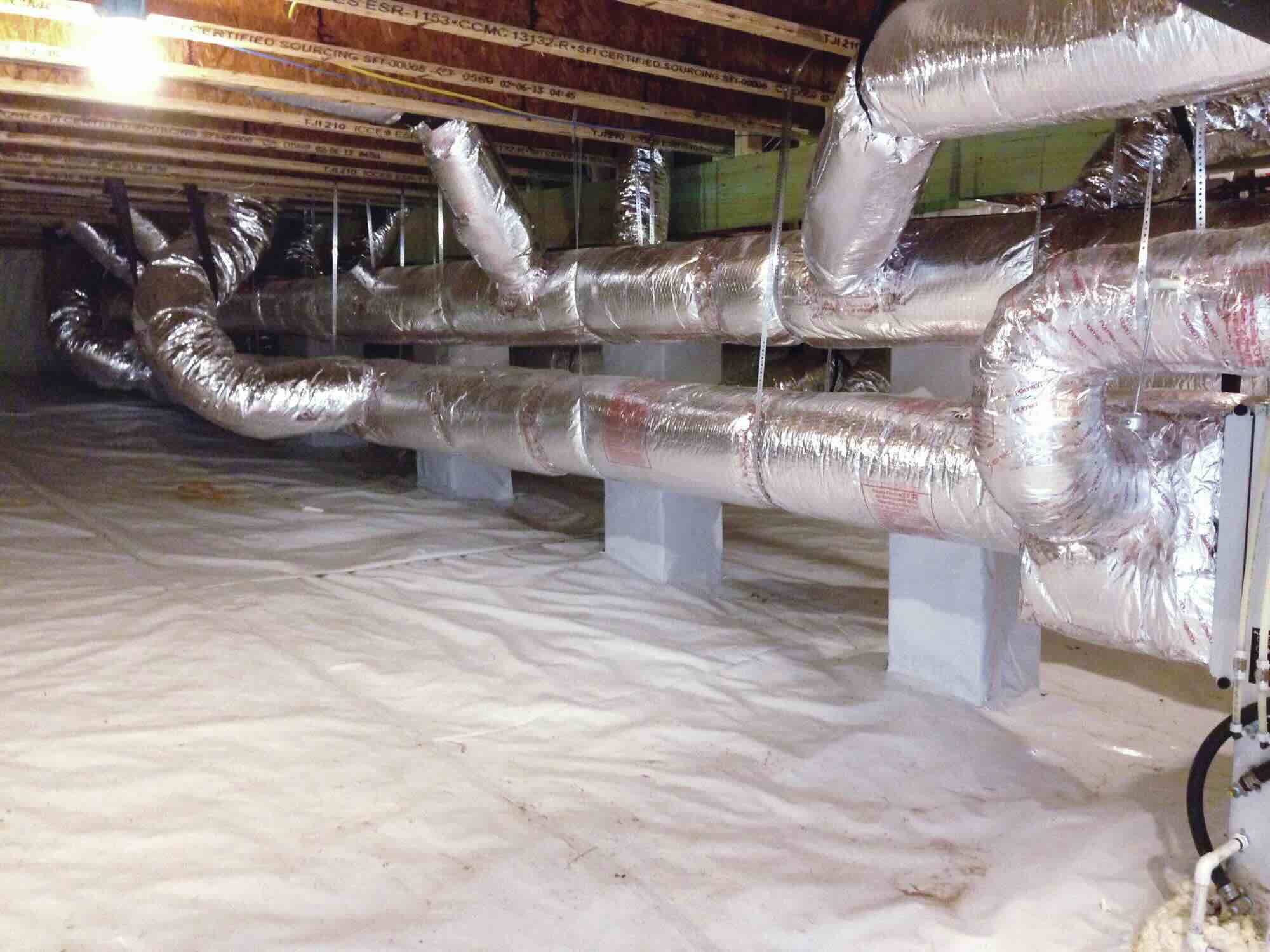

Home Maintenance
How To Make A Crawlspace Ventilation System
Modified: March 6, 2024
Learn how to create an effective crawlspace ventilation system for your home with our expert home maintenance tips. Improve air quality and prevent moisture damage.
(Many of the links in this article redirect to a specific reviewed product. Your purchase of these products through affiliate links helps to generate commission for Storables.com, at no extra cost. Learn more)
Introduction
Welcome to the world of crawlspace ventilation! If you’re a homeowner, you know how important it is to take care of every aspect of your home. From the foundation to the roof, every component plays a vital role in maintaining a safe and comfortable living environment. One area that often gets overlooked is the crawlspace.
A crawlspace is a shallow, unfinished area located beneath the main floor of a house. It provides access to essential components of your home, such as plumbing, electrical wiring, and HVAC systems. However, due to its low profile and limited accessibility, this area can be susceptible to moisture build-up, poor air circulation, and potential damage.
That’s where crawlspace ventilation comes in. A well-designed and properly installed ventilation system can keep your crawlspace clean, dry, and free from harmful toxins. It helps to prevent issues like mold and mildew growth, wood decay, and even structural damage to your home.
In this comprehensive guide, we will delve into the world of crawlspace ventilation. We will explore the importance of proper ventilation, how to assess your specific needs, design a ventilation system that suits your home, and provide tips for installation and maintenance. By the end of this article, you’ll have a clear understanding of how to create a healthy and functional crawlspace ventilation system.
So, let’s roll up our sleeves and get ready to optimize your crawlspace for a lifetime of durability and comfort.
Key Takeaways:
- Proper crawlspace ventilation is crucial for controlling moisture, improving air quality, and preventing structural damage in your home. It also helps mitigate radon gas, ensuring a healthier living environment.
- Assessing, designing, and maintaining a crawlspace ventilation system is essential for a durable and comfortable home. Regular inspections, addressing moisture issues, and monitoring radon levels are key to ensuring optimal performance.
Read more: How To Make A Range Hood Cover
Understanding the Importance of Crawlspace Ventilation
When it comes to maintaining a healthy and functional home, crawlspace ventilation is a critical aspect that should not be overlooked. Let’s explore why proper ventilation is so important for your crawlspace:
Moisture Control: One of the primary purposes of crawlspace ventilation is to control moisture levels. Moisture can enter your crawlspace through various sources, such as groundwater, rainwater, or even condensation. When left unchecked, excessive moisture can lead to a host of issues. It can promote the growth of mold and mildew, cause wooden structures to rot, and attract pests like termites.
Air Circulation: Proper ventilation ensures adequate air circulation in your crawlspace. Stagnant air can exacerbate moisture problems and create an environment conducive to the growth of mold and mildew. By allowing fresh air to flow through the space, you can prevent the buildup of humidity and odors.
Radon Mitigation: Radon is a naturally occurring gas that can seep into your home through the soil. It is colorless, odorless, and tasteless, making it impossible to detect without testing. Radon gas has been linked to an increased risk of lung cancer, and elevated levels of radon can be found in many crawlspaces. Proper ventilation can help mitigate radon levels and reduce the associated health risks.
Improved Indoor Air Quality: The air in your crawlspace can affect the overall indoor air quality of your home. If your crawlspace is unventilated or poorly ventilated, odors, allergens, and pollutants can infiltrate your living spaces. By ensuring adequate ventilation, you can help maintain a healthier indoor environment for you and your family.
By understanding the importance of crawlspace ventilation, you can take proactive steps to ensure the long-term health and integrity of your home. In the next section, we will discuss how to assess your specific crawlspace ventilation needs.
Assessing Your Crawlspace Ventilation Needs
Before diving into designing and installing a crawlspace ventilation system, it’s crucial to assess your specific needs. Here are a few factors to consider:
Crawlspace Size: The size of your crawlspace will determine the airflow requirements. Larger crawlspaces may require multiple ventilation points, while smaller crawlspaces may only need one or two.
Moisture Levels: Assess the current moisture levels in your crawlspace. Look for signs of water damage, mold, or mildew. If you notice excessive moisture, it could indicate poor ventilation or other issues that need to be addressed before installing a ventilation system.
Climate and Seasonal Variations: Consider the climate in your area and how it may affect moisture levels in your crawlspace. If you live in a humid region or experience heavy rainfall, you may need a more robust ventilation system to combat moisture issues.
Existing Ventilation: Check if your crawlspace already has any ventilation in place. Evaluate its effectiveness and whether it needs to be upgraded or supplemented to meet your ventilation needs.
Radon Levels: If radon is a concern in your area, consider conducting a radon test in your crawlspace. This will help you determine if additional radon mitigation measures should be incorporated into your ventilation system.
Pest Control: Assess any pest-related issues in your crawlspace, such as termites or other insects. Proper ventilation can help deter pests, but you may also need to consider additional pest control measures.
Building Codes and Regulations: Familiarize yourself with local building codes and regulations regarding crawlspace ventilation. Ensure that your ventilation system complies with these requirements to avoid any legal issues down the line.
By thoroughly assessing your crawlspace ventilation needs, you’ll have a better understanding of the specific challenges you may face and be better equipped to design an effective ventilation system. In the next section, we will delve into the process of designing your crawlspace ventilation system.
Designing Your Crawlspace Ventilation System
Designing an effective crawlspace ventilation system involves considering several factors to ensure optimal performance. Here are some key steps to guide you through the process:
Determine Ventilation Type: There are two common types of crawlspace ventilation: natural and mechanical. Natural ventilation relies on passive airflow through vents, while mechanical ventilation utilizes fans or blowers to actively circulate air. Consider the specific needs of your crawlspace and choose the ventilation type that best suits your requirements.
Calculate Ventilation Requirements: To determine the airflow needs for your crawlspace, calculate the volume of the space. Measure the length, width, and height of the crawlspace, and multiply these dimensions to find the cubic footage. As a general rule of thumb, aim for 1 cubic foot per minute (CFM) of ventilation per 50 square feet of crawlspace area.
Strategic Vent Placement: Decide where to place the ventilation openings in your crawlspace. Ideally, vents should be strategically positioned to facilitate cross-ventilation, allowing air to flow smoothly. Place vents on opposite walls or sides of the crawlspace to encourage air circulation.
Vent Size and Quantity: Select the appropriate size and quantity of vents based on your ventilation requirements. The size and number of vents will depend on factors such as the size of your crawlspace, the ventilation type chosen, and local building codes.
Consider Airflow Direction: Think about the direction of airflow in your crawlspace. Draw air from areas with the lowest moisture levels, such as the exterior or dryer locations, and expel it from areas with higher moisture levels, such as the center of the crawlspace.
Incorporate Moisture Control Measures: To enhance the effectiveness of your ventilation system, consider incorporating moisture control measures such as vapor barriers or dehumidifiers. These additional steps can help reduce moisture levels and prevent future issues.
Radon Mitigation: If radon gas is a concern in your area, consider integrating radon mitigation techniques into your ventilation system design. This might involve installing a radon vent pipe or a dedicated radon mitigation system to ensure the safety of your home.
Consult a Professional: If you are unsure about how to design your crawlspace ventilation system or if your crawlspace has unique challenges, it is recommended to consult a professional HVAC or crawlspace expert. They can assess your specific needs and provide expert guidance to create an effective ventilation system.
By following these steps and considering the specific requirements of your crawlspace, you can design a ventilation system that effectively controls moisture, improves air circulation, and promotes a healthier environment. The next section will focus on the installation process for your crawlspace ventilation system.
Make sure to install a vapor barrier on the ground in the crawlspace to prevent moisture from seeping into the ventilation system. This will help keep the area dry and prevent mold and mildew growth.
Installing the Crawlspace Ventilation System
Now that you have designed your crawlspace ventilation system, it’s time to proceed with the installation process. Follow these steps to ensure a smooth and successful installation:
Gather the Necessary Tools: Before starting the installation, gather all the tools and materials you will need, such as a measuring tape, drill, screws, vents, ductwork (if applicable), and any additional components specific to your ventilation system design.
Prepare the Crawlspace: Prior to installing the ventilation system, it’s important to prepare the crawlspace. Clean the area, remove any debris, and ensure it is dry. Check for any existing moisture issues or pests and address them before proceeding further.
Mark the Location of Vents: Using your ventilation system design as a guide, mark the locations of the vents on the exterior walls of the crawlspace. Ensure that they are positioned to promote cross-ventilation and facilitate proper airflow.
Install Vents: Begin by drilling pilot holes for the vents and then secure them in place using the appropriate screws or fasteners. Make sure the vents are tightly sealed to prevent air leaks. Repeat this process for each ventilation opening, following the design plan.
Connect Ductwork (if applicable): If you have opted for a mechanical ventilation system that utilizes ductwork, connect the ducts to the vents. Ensure that the connections are secure and properly sealed to prevent air leakage.
Install Fans or Blowers (if applicable): If your crawlspace ventilation system includes mechanical elements like fans or blowers, follow the manufacturer’s instructions to install them. Ensure the fans or blowers are positioned to create proper airflow within the crawlspace.
Test the Ventilation System: Once the installation is complete, test the ventilation system to ensure it is functioning as intended. Turn on any fans or blowers and check that air is flowing smoothly through the vents. Pay attention to any unusual noises or signs of malfunction, and make any necessary adjustments or repairs.
Monitor and Maintain the Ventilation System: Regularly monitor your crawlspace ventilation system to ensure it continues to operate effectively. Check for any signs of moisture buildup or inadequate airflow. Clean or replace filters as needed, and address any issues promptly to prevent further complications.
It’s important to note that the installation process may vary depending on the specific design of your crawlspace ventilation system. Following the manufacturer’s instructions and consulting a professional if needed will help ensure a successful installation.
Now that your crawlspace ventilation system is installed and operational, let’s move on to the next section, where we will provide maintenance and troubleshooting tips to keep your system in optimal condition.
Read more: Range Hood Making Noise When Off
Maintenance and Troubleshooting Tips for Your Crawlspace Ventilation System
Regular maintenance is essential to keep your crawlspace ventilation system operating efficiently and effectively. Follow these maintenance and troubleshooting tips to ensure the longevity and performance of your system:
Inspect Vents and Ductwork: Regularly inspect the vents and ductwork to ensure they are free from obstructions such as debris, leaves, or pests. Clear away any blockages and make sure the vents are securely fastened to prevent air leakage.
Clean or Replace Filters: If your system has filters, clean or replace them according to the manufacturer’s recommendations. Dirty filters can impede airflow and reduce the effectiveness of your ventilation system. Regular maintenance of filters will help maintain optimal performance.
Check Fans and Blowers: If you have mechanical components like fans or blowers, periodically check them for dust or debris buildup. Clean or remove any obstructions that may hinder their operation. Ensure that the fans or blowers are functioning properly and replace any faulty components if necessary.
Monitor Moisture Levels: Regularly monitor the moisture levels in your crawlspace. Use a moisture meter to check for any excessive humidity, which can indicate a problem with your ventilation system. If moisture levels are consistently high, consider adjusting your ventilation or incorporating additional moisture control measures.
Address Mold or Mildew: If you notice any signs of mold or mildew in your crawlspace, take immediate action to address the issue. Mold and mildew can quickly spread and compromise the air quality of your home. Clean affected areas thoroughly and consider consulting a professional for remediation if the problem is severe.
Check for Pest Infestations: Regularly inspect your crawlspace for signs of pests, such as termites or rodents. Address any infestations promptly to prevent damage to your home and ventilation system. Consult a pest control professional if necessary to effectively eliminate pests and prevent future infestations.
Monitor Radon Levels: If you have incorporated radon mitigation measures into your ventilation system, periodically test radon levels to ensure they remain within acceptable limits. Follow the recommended testing intervals and take appropriate action if radon levels exceed safe thresholds.
Pay Attention to Unusual Noises or Malfunctions: Listen for any unusual noises coming from your ventilation system, such as rattling or grinding sounds. These may indicate mechanical issues that require attention. If you notice a decrease in airflow or other malfunctions, troubleshoot the system or enlist the help of a professional to resolve the problem.
Regular Inspections: Conduct routine inspections of your crawlspace ventilation system to identify any potential issues proactively. Look for signs of water damage, mold growth, or any other abnormalities that may affect the performance of your system. Address any concerns promptly to prevent further damage or costly repairs.
By following these maintenance and troubleshooting tips, you can keep your crawlspace ventilation system in optimal condition, ensuring its ability to control moisture, improve air circulation, and maintain a healthy living environment in your home.
Now that you are equipped with this valuable knowledge, you can confidently create, install, and maintain a functional and effective crawlspace ventilation system. Remember to consult professionals when needed and prioritize regular maintenance to ensure the longevity of your system and the health of your home.
If you have any further questions or concerns about your crawlspace ventilation system, don’t hesitate to seek guidance from a qualified professional in the field.
Conclusion
Congratulations! You have now completed your journey into the world of crawlspace ventilation. By understanding the importance of proper ventilation, assessing your specific needs, designing and installing a ventilation system, and maintaining it effectively, you have taken significant steps towards creating a healthier and more durable living environment for your home.
Crawlspace ventilation plays a crucial role in controlling moisture, improving air circulation, mitigating radon, and enhancing indoor air quality. By implementing a well-designed ventilation system, you can prevent issues such as mold and mildew growth, wood decay, and structural damage. Moreover, you are providing a safer and more comfortable space for you and your family.
Remember to regularly inspect and maintain your ventilation system, checking for obstructions, cleaning or replacing filters, and addressing any signs of moisture or pest problems. Monitor radon levels and address them promptly if necessary. By staying proactive and vigilant, you can ensure your system’s optimal performance and identify and resolve any potential issues before they escalate.
If at any point you feel uncertain or overwhelmed, don’t hesitate to seek assistance from professionals in the field. HVAC experts, crawlspace specialists, or radon mitigation professionals can provide valuable insights and guidance tailored to your specific circumstances.
Now armed with this comprehensive knowledge, you can confidently take charge of your crawlspace ventilation system. Through your proactive efforts and diligent maintenance, you can enjoy a healthier, more comfortable, and more durable home for years to come.
Thank you for joining us on this journey into the world of crawlspace ventilation. Here’s to a clean, dry, and well-ventilated crawlspace, and a happy, healthy home!
Frequently Asked Questions about How To Make A Crawlspace Ventilation System
Was this page helpful?
At Storables.com, we guarantee accurate and reliable information. Our content, validated by Expert Board Contributors, is crafted following stringent Editorial Policies. We're committed to providing you with well-researched, expert-backed insights for all your informational needs.
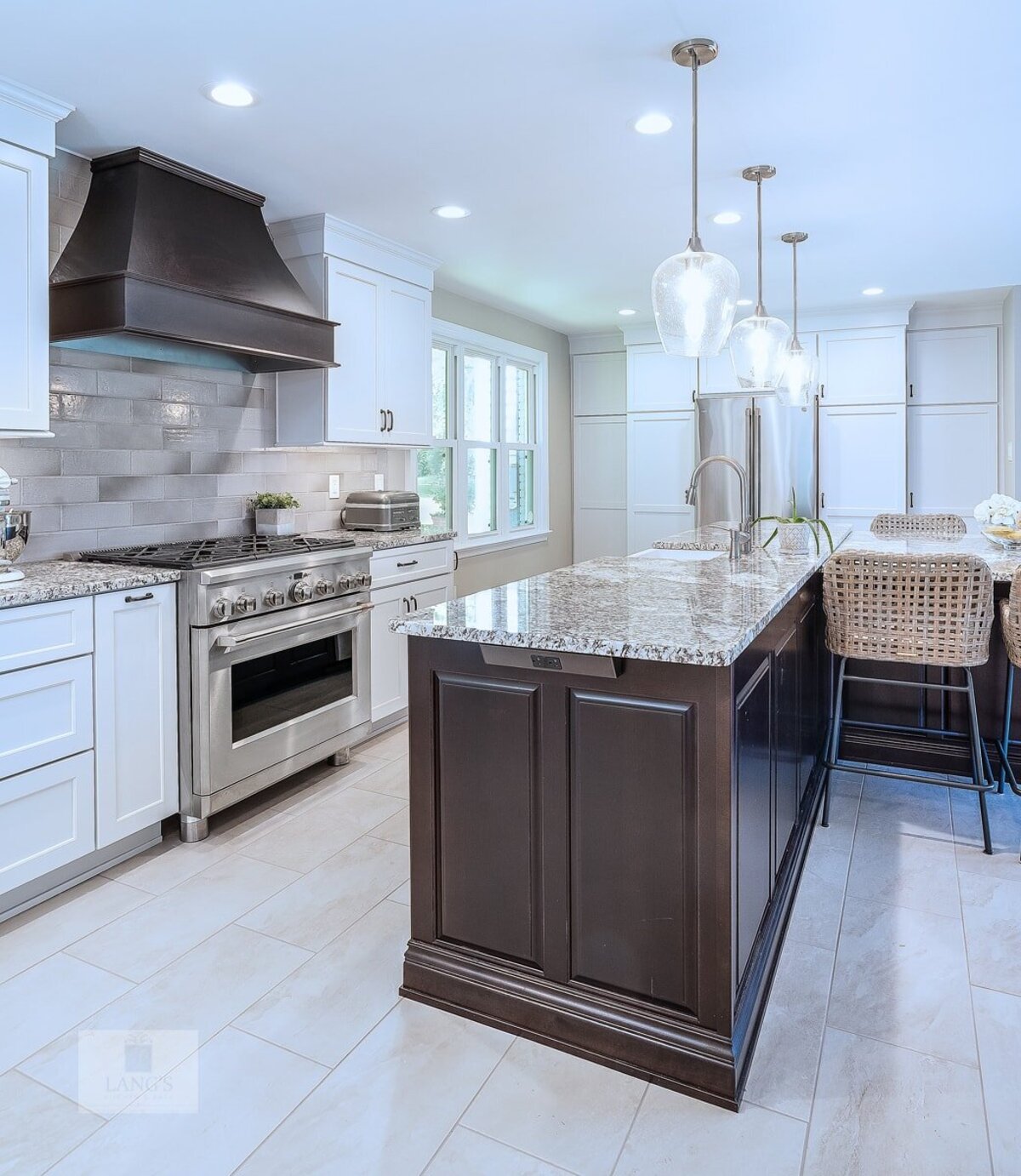
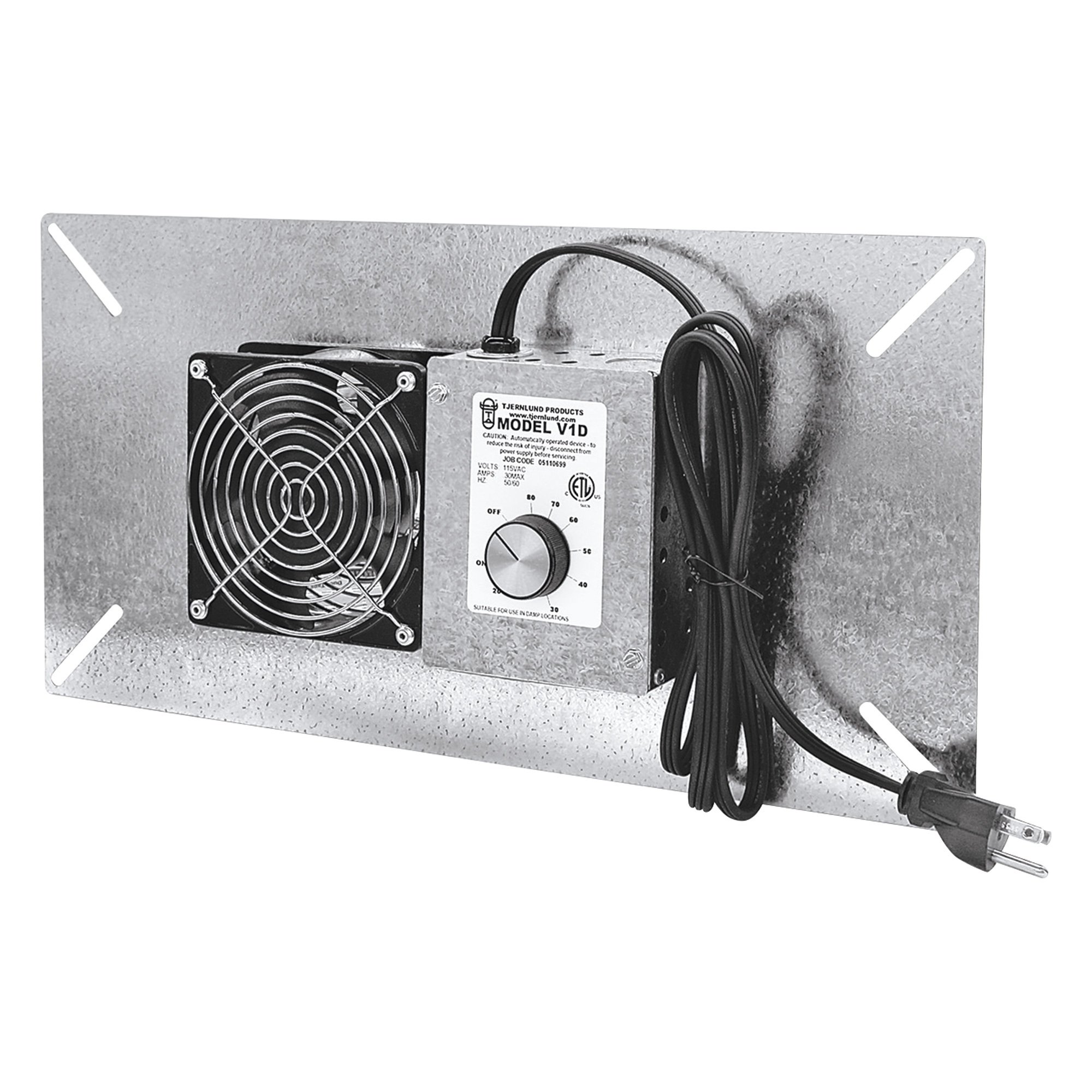
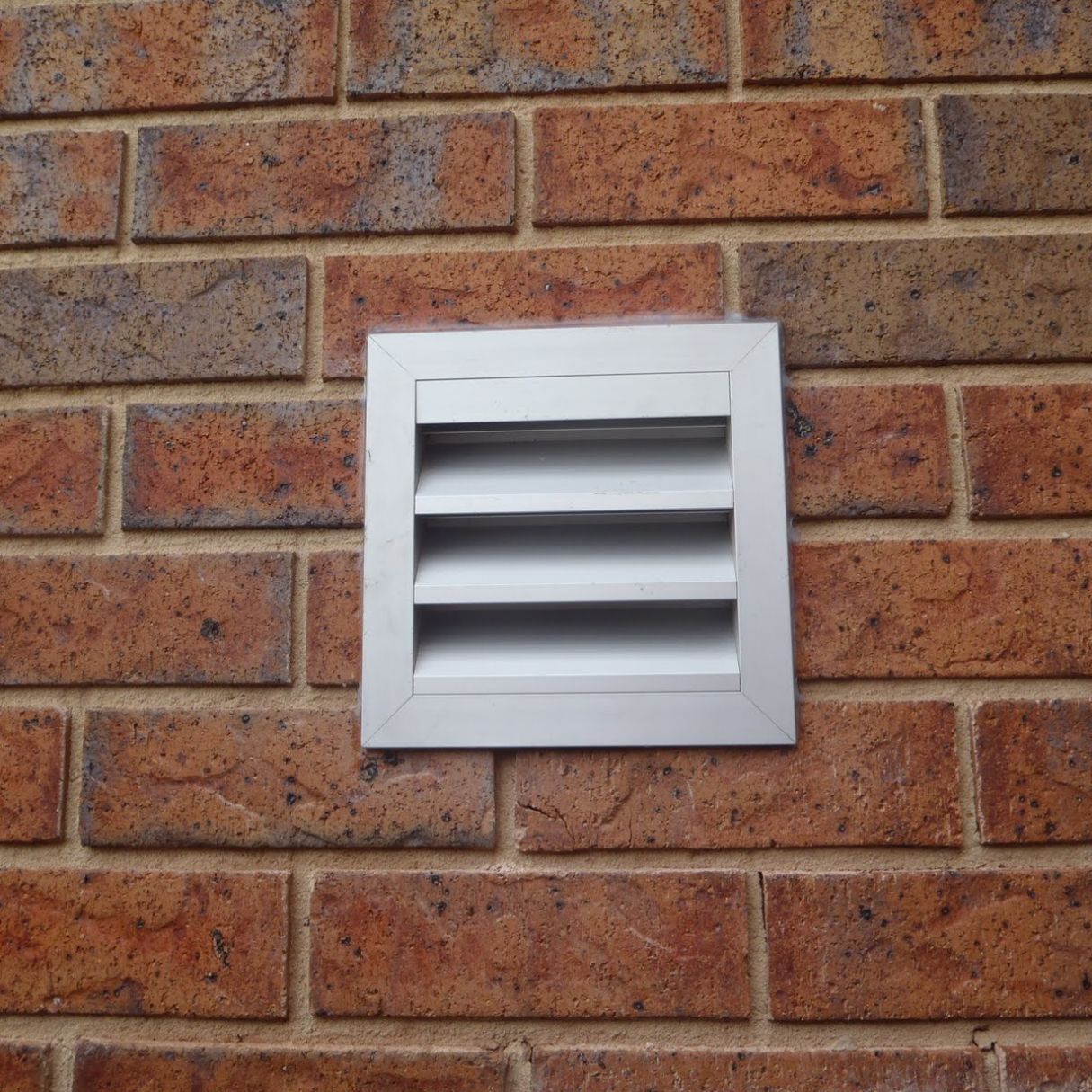
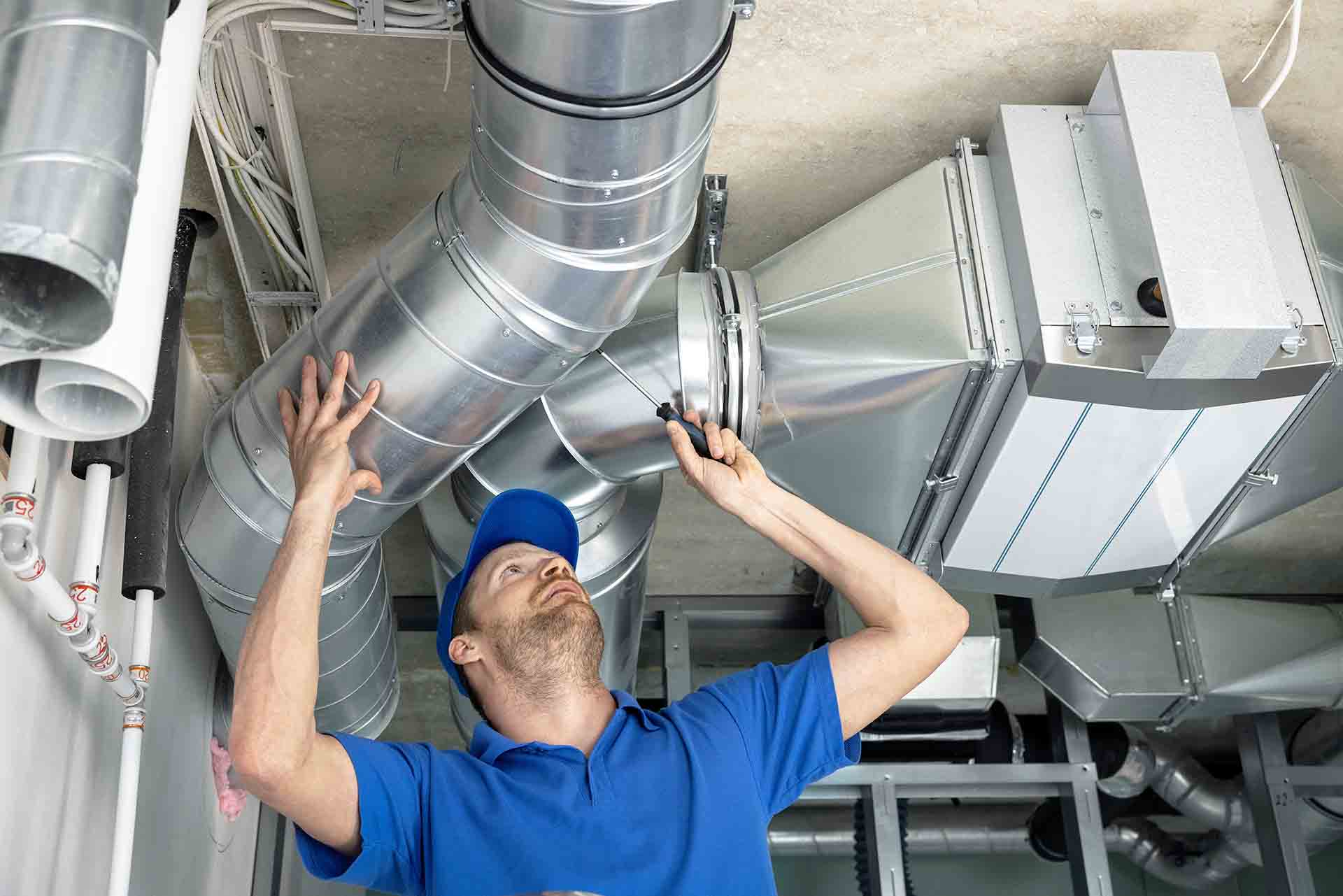
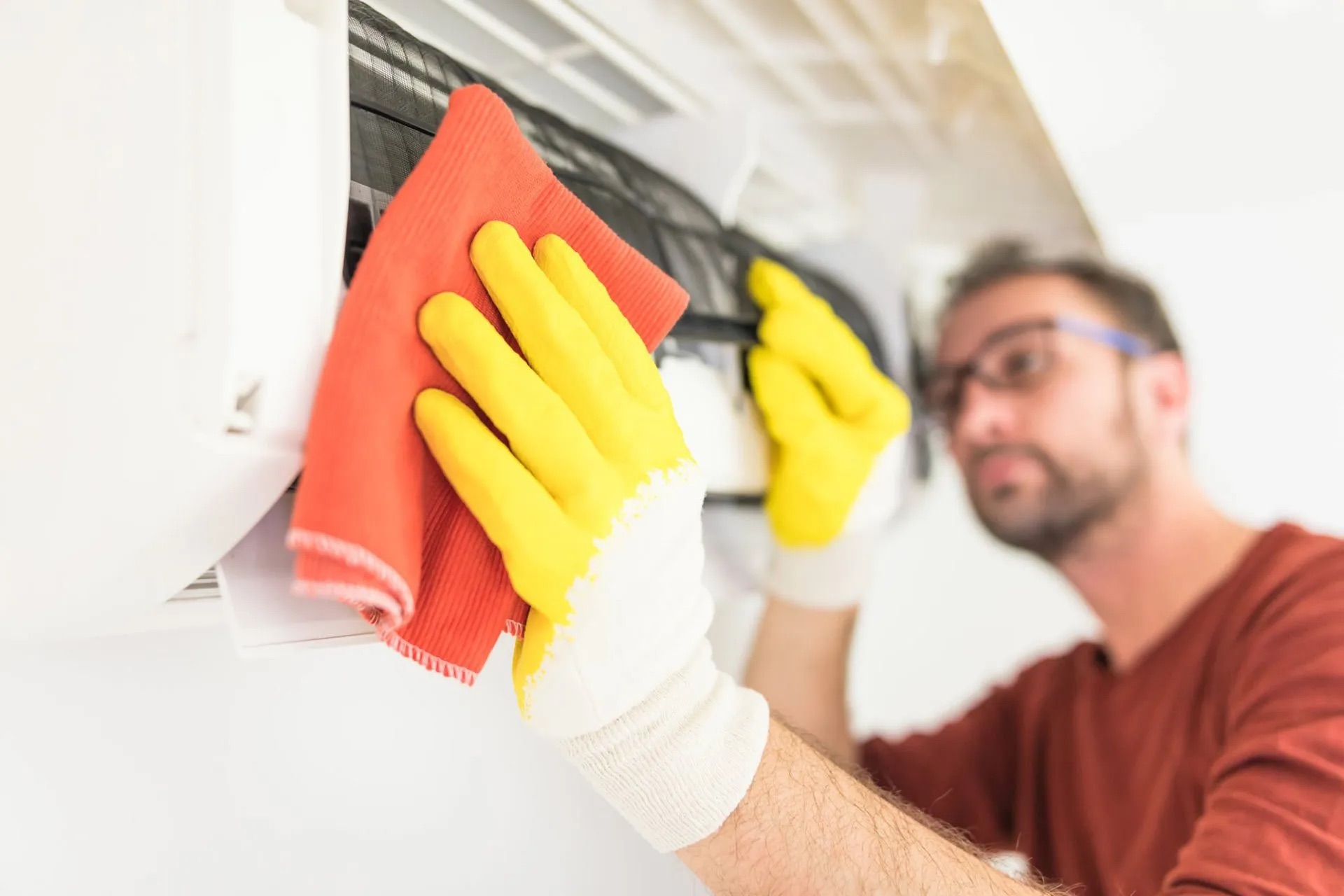

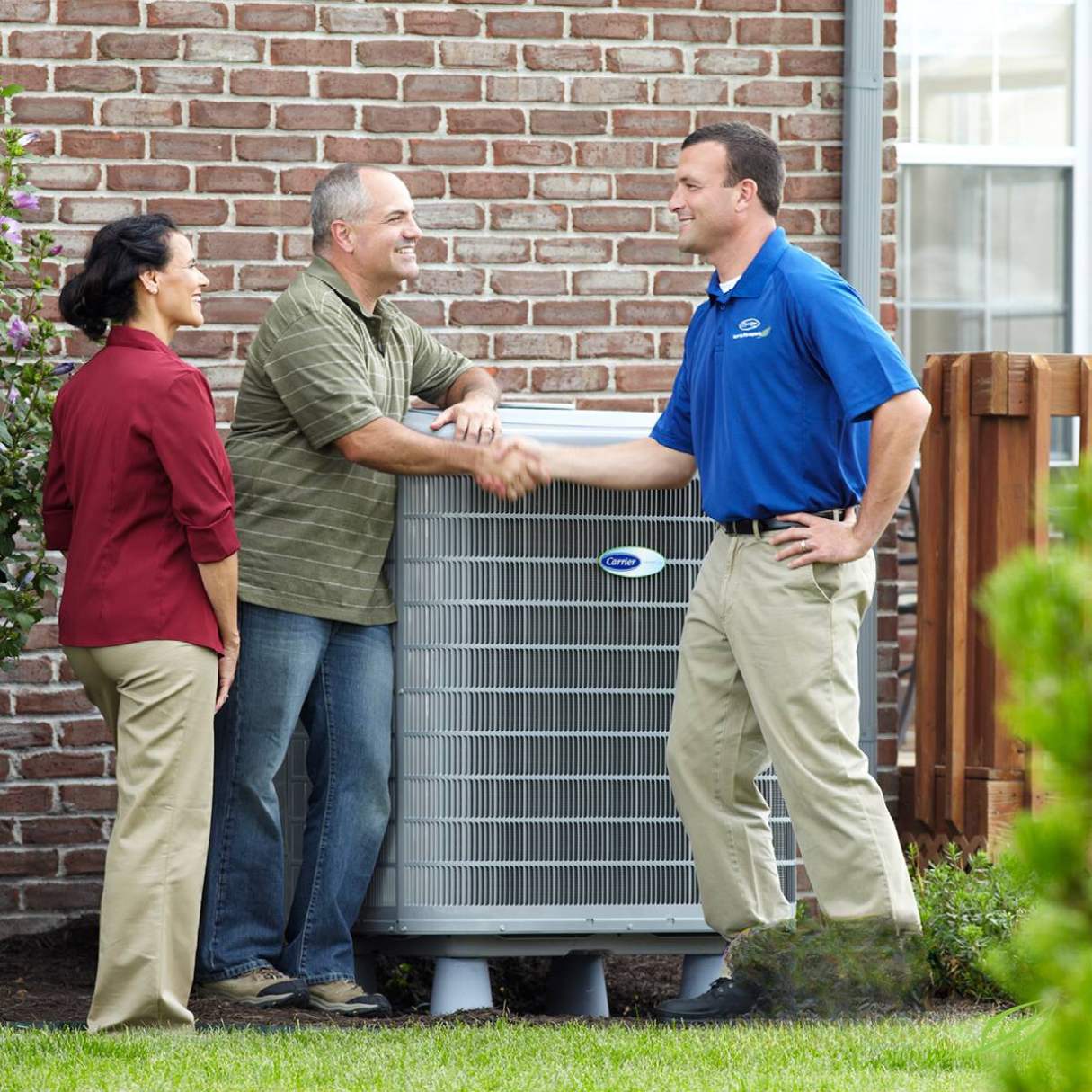
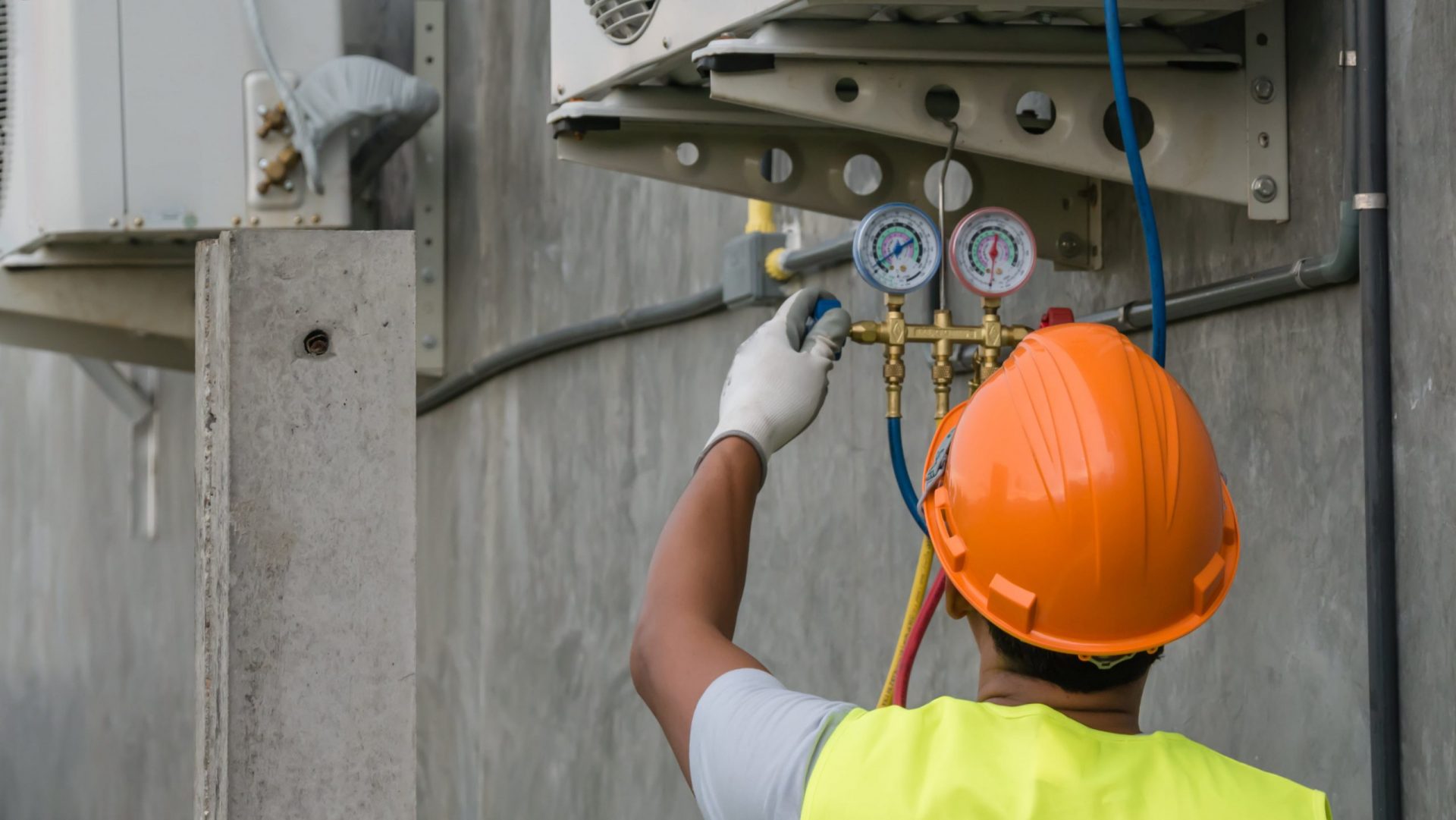
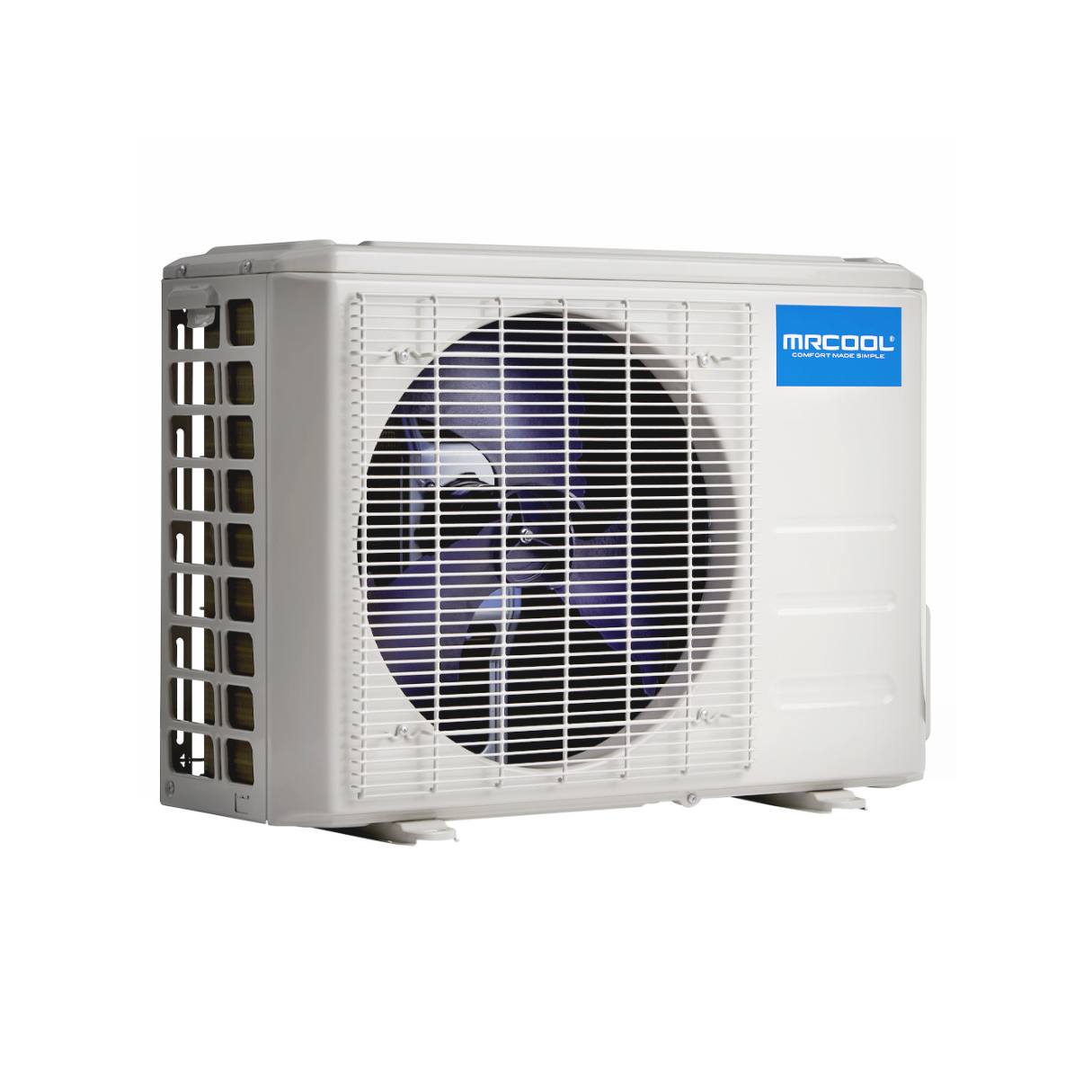
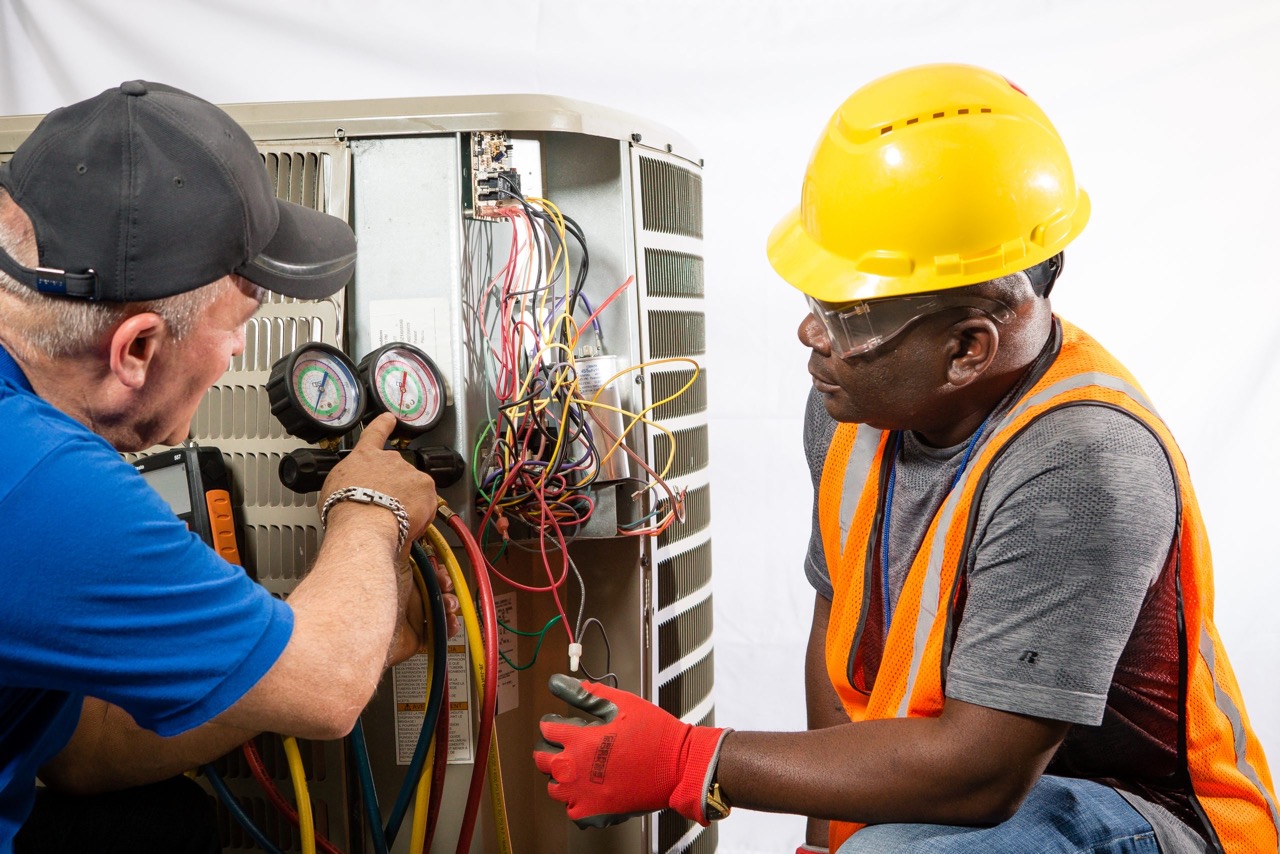
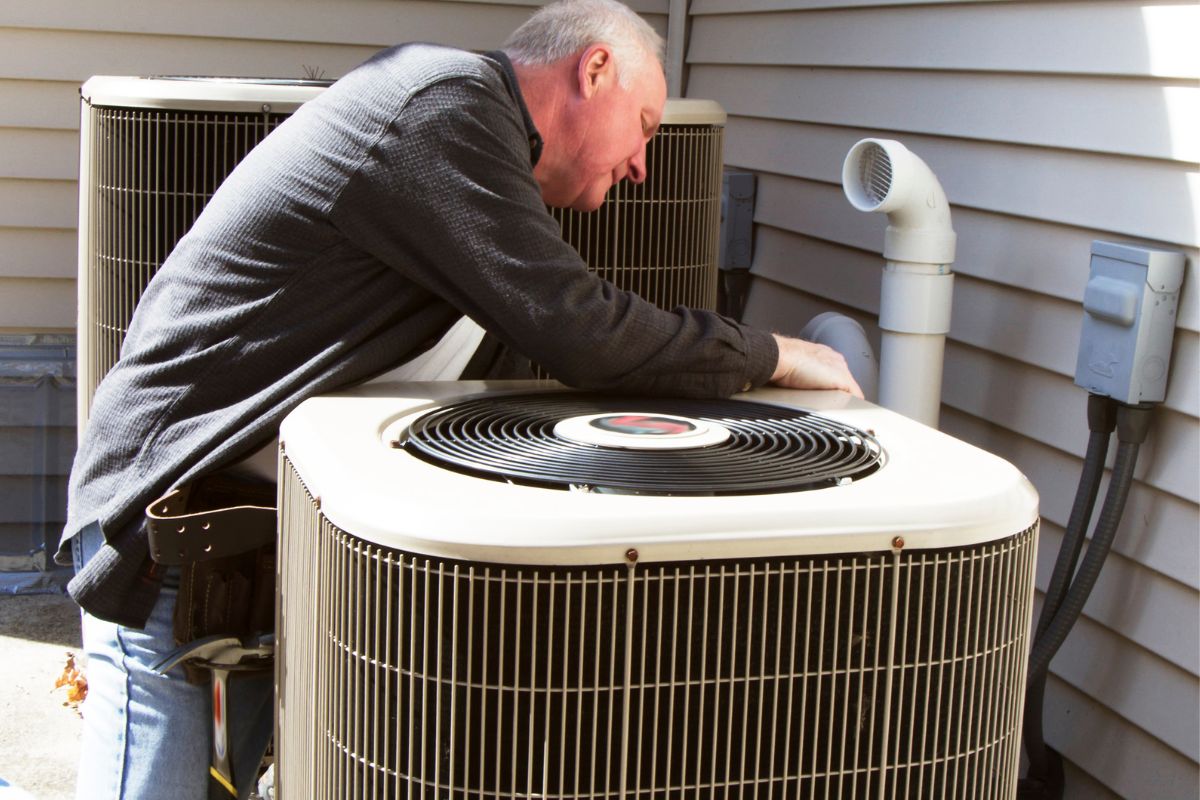
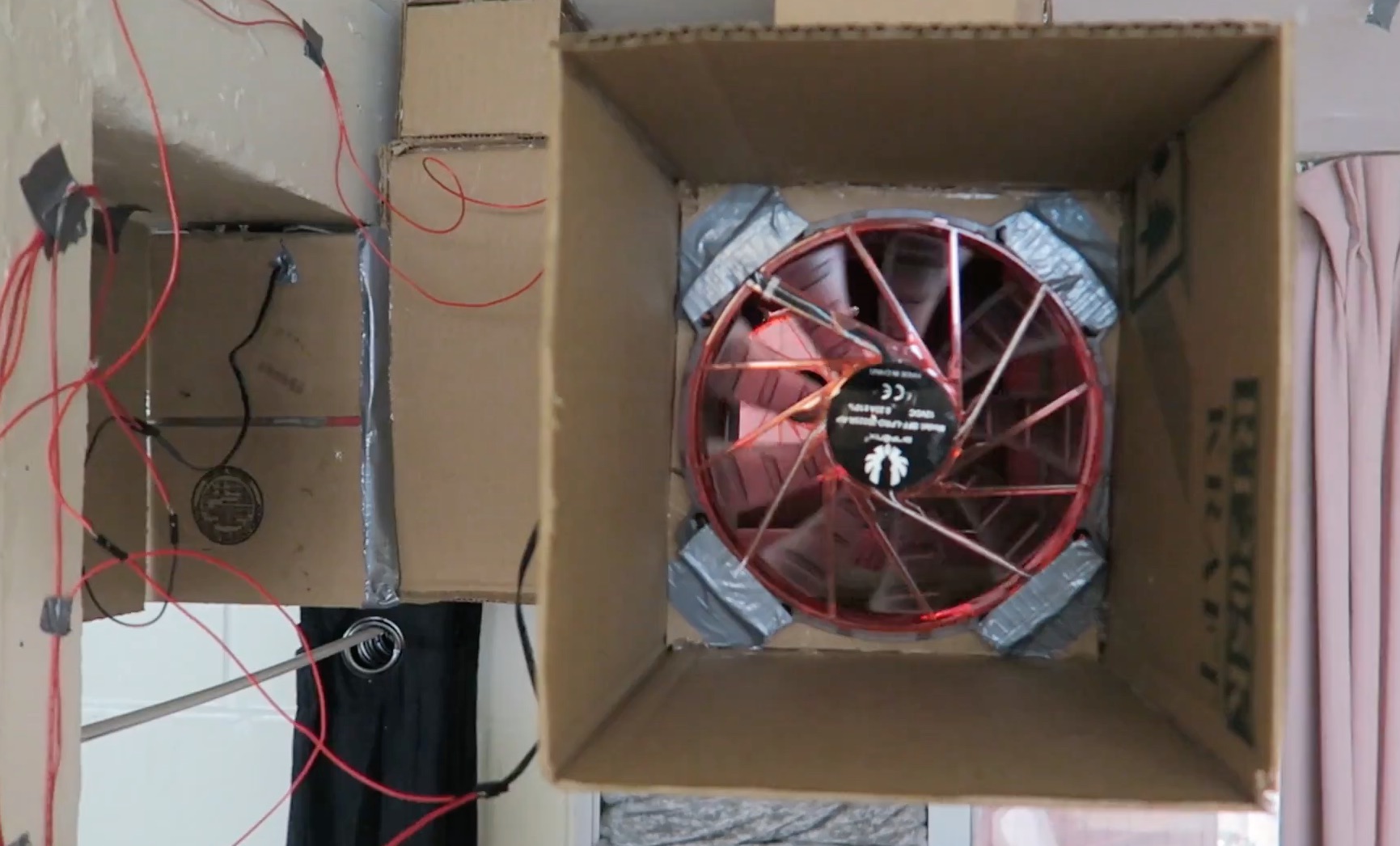
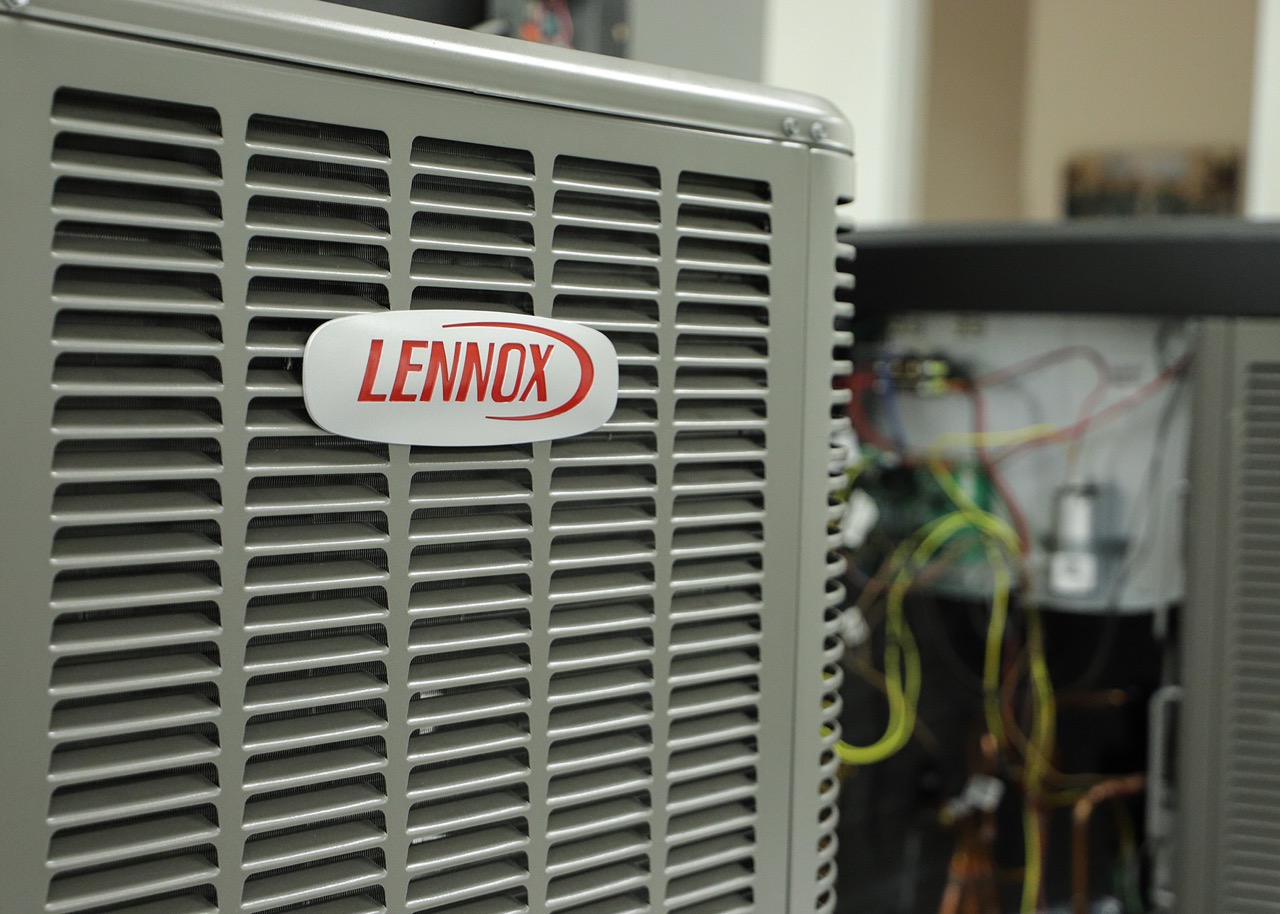
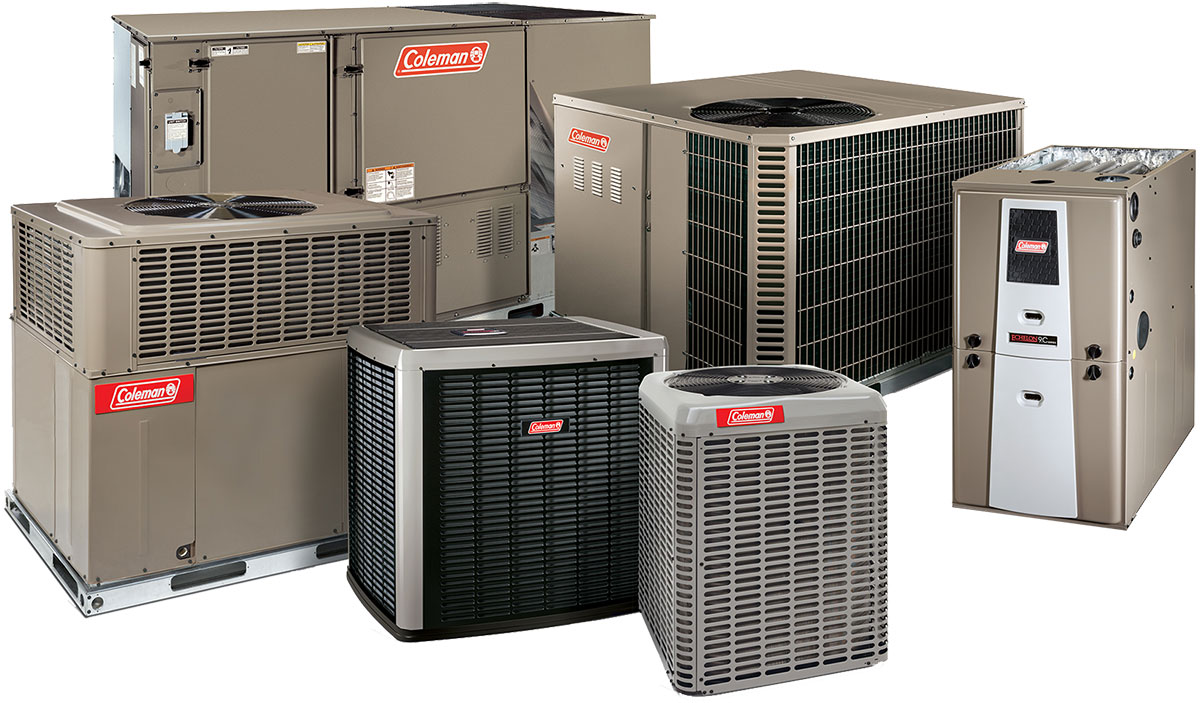

0 thoughts on “How To Make A Crawlspace Ventilation System”